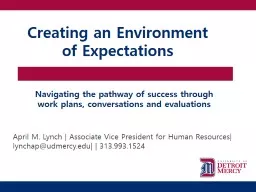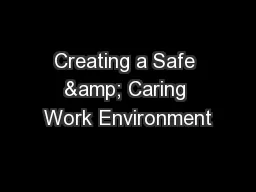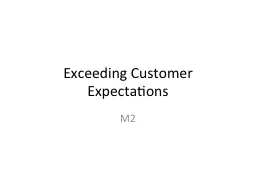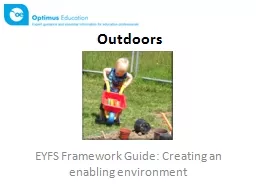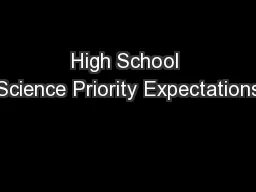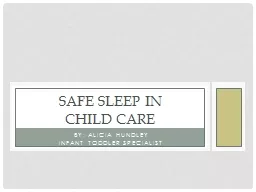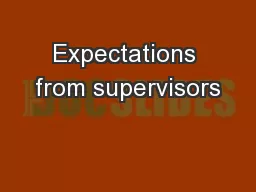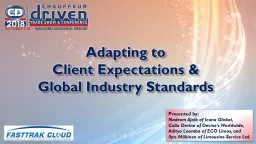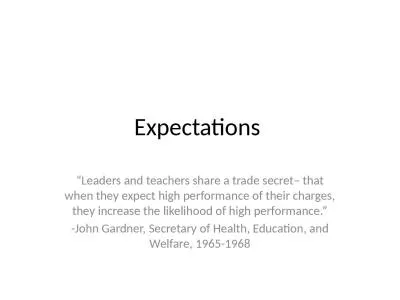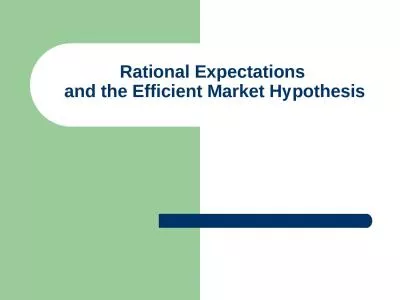PPT-Creating an Environment of Expectations
Author : jane-oiler | Published Date : 2019-11-19
Creating an Environment of Expectations Navigating the pathway of success through work plans conversations and evaluations April M Lynch Associate Vice President
Presentation Embed Code
Download Presentation
Download Presentation The PPT/PDF document "Creating an Environment of Expectations" is the property of its rightful owner. Permission is granted to download and print the materials on this website for personal, non-commercial use only, and to display it on your personal computer provided you do not modify the materials and that you retain all copyright notices contained in the materials. By downloading content from our website, you accept the terms of this agreement.
Creating an Environment of Expectations: Transcript
Download Rules Of Document
"Creating an Environment of Expectations"The content belongs to its owner. You may download and print it for personal use, without modification, and keep all copyright notices. By downloading, you agree to these terms.
Related Documents

